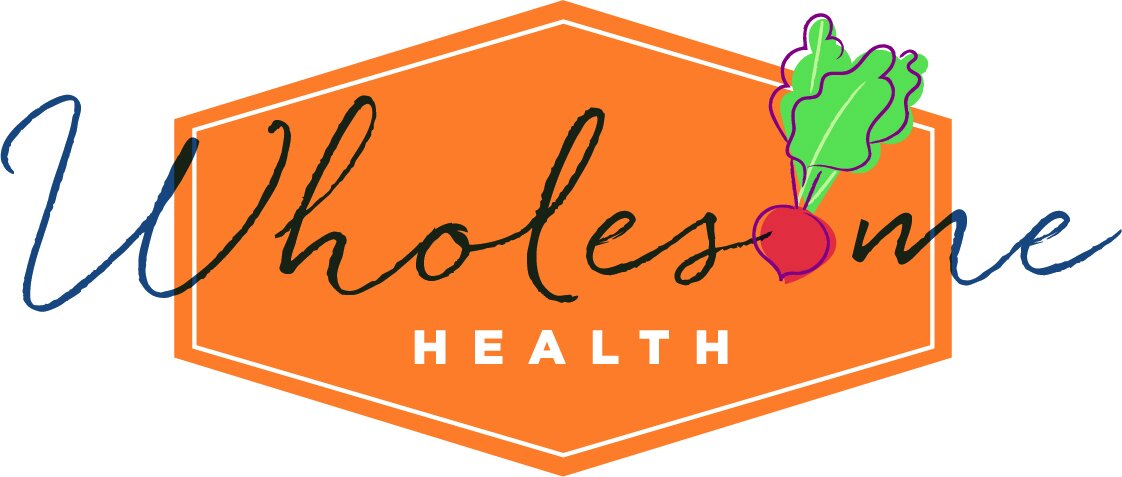Diets 101: Harvard’s Healthy Eating Plate
Today I’m focusing on another diet that you may have heard about. Similar to the Mediterranean and DASH diets, Harvard’s Healthy Eating Plate is all about balanced eating rather than restriction and elimination of whole food groups. Keep reading to learn more about it!
What is the Healthy Eating Plate?
The Healthy Eating Plate is similar to the USDA’s MyPlate, but there are some key differences. I’ll outline each component of the Healthy Eating Plate below.
Fruits and vegetables
Half of your plate should be composed of fruits and vegetables, emphasizing more vegetables than fruits as fruits are higher in sugar. It is important to include a wide variety of colorful fruits and veggies. As opposed to their classification in MyPlate, it should be noted that potatoes don’t count as a vegetable in the Healthy Eating Plate because they are high in carbohydrates and thus raise blood sugar levels.
Whole grains
Whole grains should make up a quarter of the plate. Examples given include barley, whole wheat, quinoa, oats, and brown rice. Rather than focusing on the amount of carbohydrates consumed, this way of eating emphasizes that the type of carbohydrate is more important. It is recommended to limit refined grains such as white bread and white rice as these have a more significant effect on blood sugar levels. USDA’s MyPlate suggests half of your grains should be whole grains, thereby making Healthy Eating Plate have twice the amount of whole grains.
Protein
Healthy protein sources should make up the remaining quarter of the plate. It is recommended to limit red meat and avoid processed meats like hot dogs, bacon, and sausage. Healthy protein sources include poultry, fish, eggs, beans, and nuts. MyPlate is the same as Healthy Eating Plate with regards to protein.
Healthy plant oils
It is recommended to choose plant-based oils, such as olive or avocado oil, and to avoid partially hydrogenated oils, which contain trans fats. All fats should be consumed in moderation. There is no maximum amount of fat allowed for daily consumption, demonstrating that this way of eating emphasizes the importance of fat in a healthy diet. Fats are not included in MyPlate.
Water
The Healthy Eating Plate recommends avoiding sugary drinks and sticking to water and unsweetened coffee or tea. It also suggests limiting milk to 1-2 servings daily and juice to a small glass daily.
Stay active!
I really like that this plate also includes advice for staying active as this is a vital component of overall health. Healthy eating and being active go hand-in-hand!
Why eat this way?
Modeling your plate after the Healthy Eating Plate is a great way to ensure you’re getting a balance of nutrients. It’s easy to allow the protein and/or carbohydrates to make up the majority of your plate, so shifting to this method of eating will ensure you are getting more fruits and vegetables. There is also a focus on healthy fats, which are important for filling us up and for heart health. Cutting out entire food groups is challenging, so another benefit to this model of eating is that you don’t have to cut anything out! It’s all about moderation; focusing on what you can eat rather than what you can’t eat makes it less like a traditional diet.
How you can start following the Healthy Eating Plate today!
It can be a little daunting to go from very few fruits and vegetables on your plate to half your plate as fruits and vegetables. It can help to make small changes instead; for example, you could aim to make one-quarter of your plate fruit and vegetables at meals, then one-third, and then finally one half instead of going straight to half the plate.
The same goes for whole grains; if you aren’t used to eating whole grain bread, whole grain pasta, or brown rice, try to slowly incorporate these grains to get yourself used to them. Mix whole grain and regular pasta together, or alternate days with whole grains and days with more refined grains.
Reducing red meat and transitioning to more chicken and fish can be approached in the same way. Try to reduce your red meat intake from three days per week to two, for example. Or instead of cooking with butter at every meal, try using olive or avocado oil a few times each week. Over time, these changes will get easier and you’ll still be able to enjoy your meals.
As you can see, the Healthy Eating Plate is easy to implement, especially if it’s done slowly and not all at the same time. Focusing on making half your plate fruits and vegetables will help ensure you are getting a wide variety of nutrients. A balanced diet paired with an active lifestyle, as seen in the Healthy Eating Plate, is key to healthy living and preventing or managing chronic disease.



